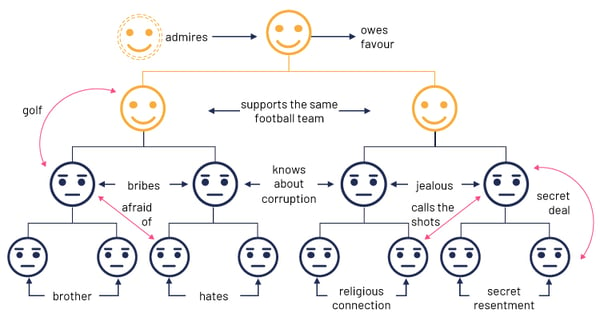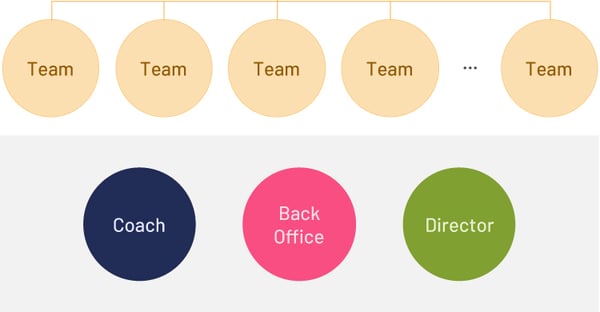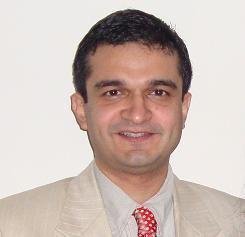According to a recent Gallup Study conducted in over 120 countries, only a paltry 13% of employees feel engaged at work. The study shows there is a direct correlation between engagement levels and employee satisfaction and productivity. The results are particularly alarming, given most people spend more time (if not an equal amount) at work, as compared to their families. Though disturbing, the numbers do not come as a big surprise. The corporate world today is fraught with bureaucracy and is politically charged and structured top-down, with a typical command and control structure. The result is disengaged and disempowered employees, trudging their way through work each day.
But how did we get here? To understand the context, let us delve a little into history.
Understanding the background
The year: 1900. The place: The Paris Exposition— a world trade fair to celebrate the achievements of the last century and to look forward to promising discoveries for the future. On the outskirts of the exposition, a gentleman named Fredrick Taylor, set up a fragment of a steel factory. He got a few workers and some machines from his factory, thousands of miles away, in Pennsylvania. The workers at this makeshift factory were churning out metal. While the norm at the time was 9 feet of steel per minute, what Taylor’s men were churning out at this factory was a massive 50 feet of steel a minute!
It was one thing to make tall claims, but here, right before their eyes, people could see the quantum leap in efficiency that Taylor was offering. There were long queues outside the makeshift steel factory to catch a glimpse of the ‘miracle.’ Word spread far and wide. Over the coming years and decades, Taylor brought about such efficiencies in manufacturing which were unheard of at the time. For instance, he put a system in place whereby the per ton cost of pulping and drying, at a paper mill in Wisconsin, went down from $75 to $35.
Key fundamentals of Scientific Management or Taylorism
Taylor’s model of management was based on the following tenets:
- Rigid and inflexible standards throughout the company
- Each employee should receive clear instructions on what is to be done and how the employee should do it. The instructions were to be followed, even if they were wrong
Taylor’s ideas had a profound impact on the industrial and corporate community at that time, with many industrial and academic leaders hailing him as a hero. He was arguably the world’s first management consultant. With the kind of results that Taylor brought about, in all the factories that he helped, it was difficult to contest that his ideas worked in practice. However offensive his ideas of employees and factory workers may have been, he rightly pointed out the inefficiencies in manufacturing at that time. Subsequently, the command and control setup, as we know it today, was born.
 Complex interconnections in organizations
Complex interconnections in organizations
What followed was the organization structure as we know it today.
While humankind has made tremendous progress in almost every field, the area of organization structure design has, for the most part, been what it was during the beginning of the last century.
The need for the present business environment
This structure worked well for over a century. However, today’s technology-induced, hypercompetitive business environment demands deep skills, continuous improvement, innovation, and quick decision making. A managerial hierarchy cannot possibly have the depth of knowledge needed to make all the decisions in real time, in a dynamic work environment.
Realizing the traditional hierarchy is not going to work well in most cases; hundreds of companies have moved on to autonomous, self-organizing teams. The concept of self-organization is not new; in fact, it is all around in nature – a flock of birds, a shoal of fish, ant colonies, and cells in the human body, to name a few.
 Flock of birds showing self-organization in nature
Flock of birds showing self-organization in nature
Flat organization structure
One of the organizations at the forefront of this change is Buurtzorg – a Netherlands-based home-care organization. Founded in 2006 by Jos de Blok, a former nurse who was tired of the productized health care and nursing system at the time, Buurtzorg has gone from just 10 to over 10,000 nurses today.
At Buurtzorg, all decision-making power is vested with the teams. There is no hierarchy and no managers. Teams comprising 10 to 12 members have designated operational areas.

Organizational structure at Buurtzorg
The team is in-charge of everything— scheduling with patients, planning leaves, deciding how to integrate with the local community, and making decisions on tying up with local pharmacies and hospitals. The team also decides when to hire or split up, and monitors its performance. Even though a regional coach is available to all teams, the coach can only guide the teams, has no decision-making powers, and is not responsible for the performance of the teams.
Has this structure worked for Buurtzorg?
In 2009, as per an Ernst & Young study, Buurtzorg required approximately 40% lesser hours of care per patient. This figure was surprising, given the additional time nurses spend with their patients over coffee and conversation. Compare this with the traditional nursing organizations where every procedure of every visit is timed to the minute. The study also found that the patients stayed in care only half as long, healed faster, and that a third of emergency admissions were avoided. The study concluded that Netherlands social security system saved a whopping €2 billion, thanks to Buurtzorg and its ways of working.
Buurtzorg is, by no means an isolated case. Patagonia in outdoor clothing, Zappos in online shoe retail, and Morning Star in financial services are just a few names in an ever-growing tribe of companies who have embraced new organization structures for the agile age where employees are empowered, feel secured, and have a far greater sense of purpose at work.
What kind of an organization structure do you work in? Have you considered a re-alignment to compete in the agile age?
For your comments/suggestions, please get in touch with us at agilecoe@nagarro.com.




